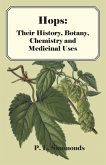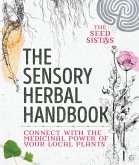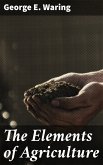Asa Gray's "The Elements of Botany, For Beginners and For Schools" serves as a foundational text, illuminating the intricate field of botany with clarity and elegance. Published in the mid-19th century, this work blends accessible prose with a systematic approach to plant sciences, addressing the fundamentals of botanical classification, structure, and physiology. Gray employs pedagogical strategies designed for young learners and school curricula, making complex concepts approachable while maintaining scientific rigor in the wider context of emerging botanical studies during the period. Asa Gray, a prominent American botanist and a pivotal figure in the field of natural history, infused this work with his extensive knowledge and passion for teaching. His consequential career, marked by collaborations with Charles Darwin and contributions to the understanding of plant taxonomy, forms an essential backdrop for the book. Gray's commitment to education remains evident, as he sought to cultivate an appreciation for botany among budding scholars, fostering an informed public in an era captivated by scientific discovery. Readers interested in the natural sciences, educators seeking curriculum resources, or anyone curious about the foundation of plant life will find Gray's work immensely rewarding. It stands as both an educational tool and a celebration of botanical science, inviting a deeper understanding of nature's complexity.
Dieser Download kann aus rechtlichen Gründen nur mit Rechnungsadresse in A, B, BG, CY, CZ, D, DK, EW, E, FIN, F, GR, H, IRL, I, LT, L, LR, M, NL, PL, P, R, S, SLO, SK ausgeliefert werden.









